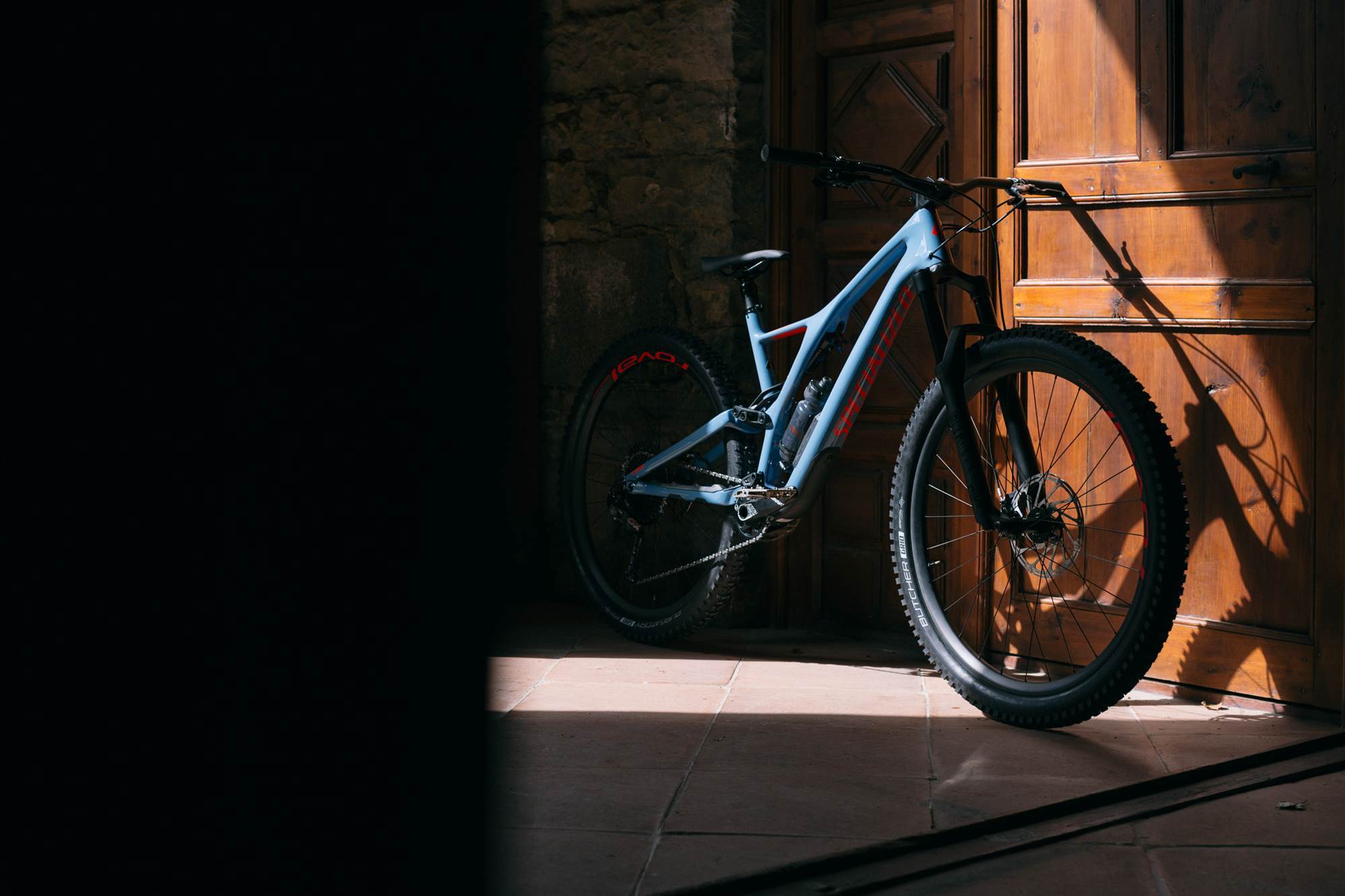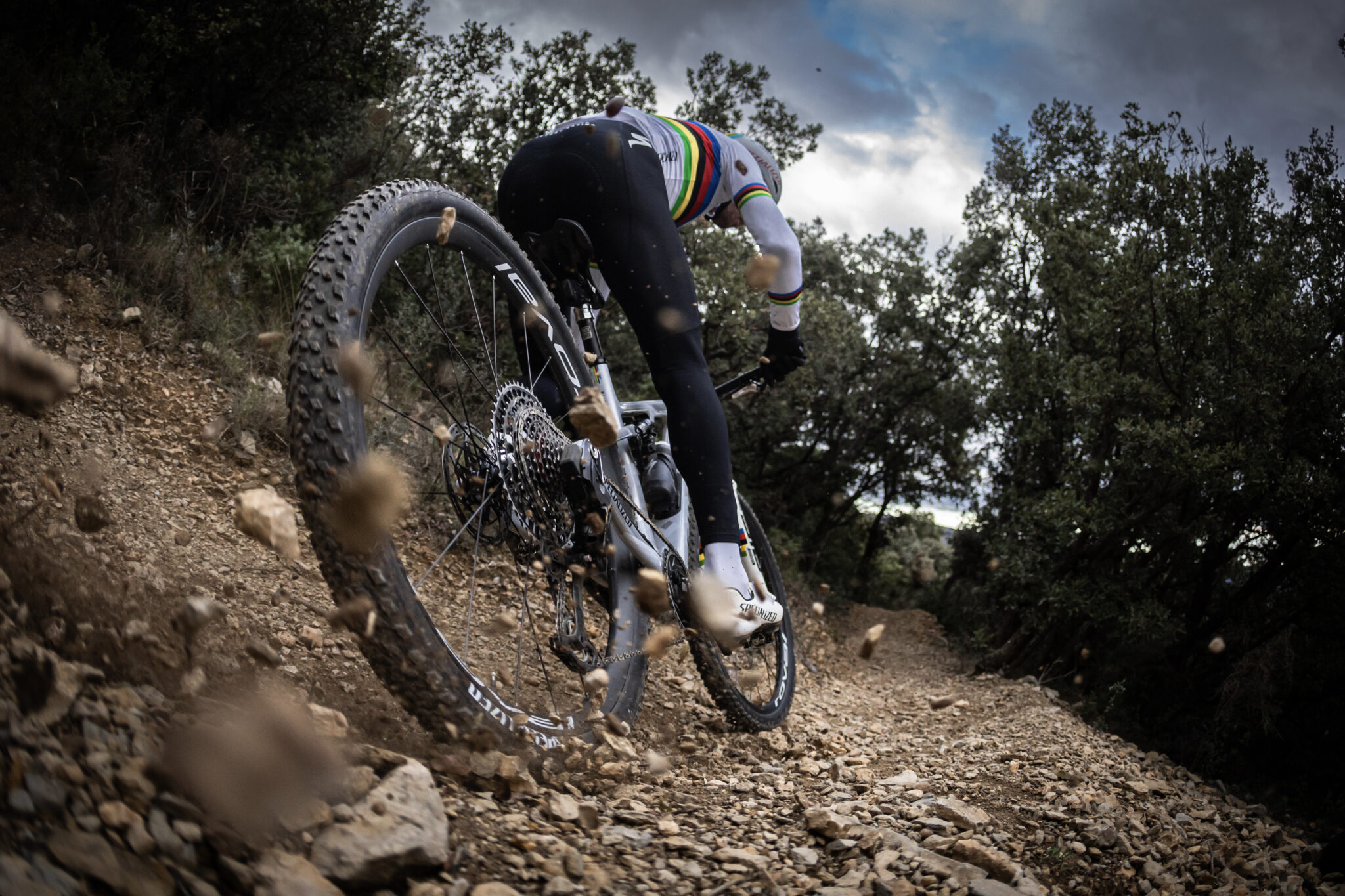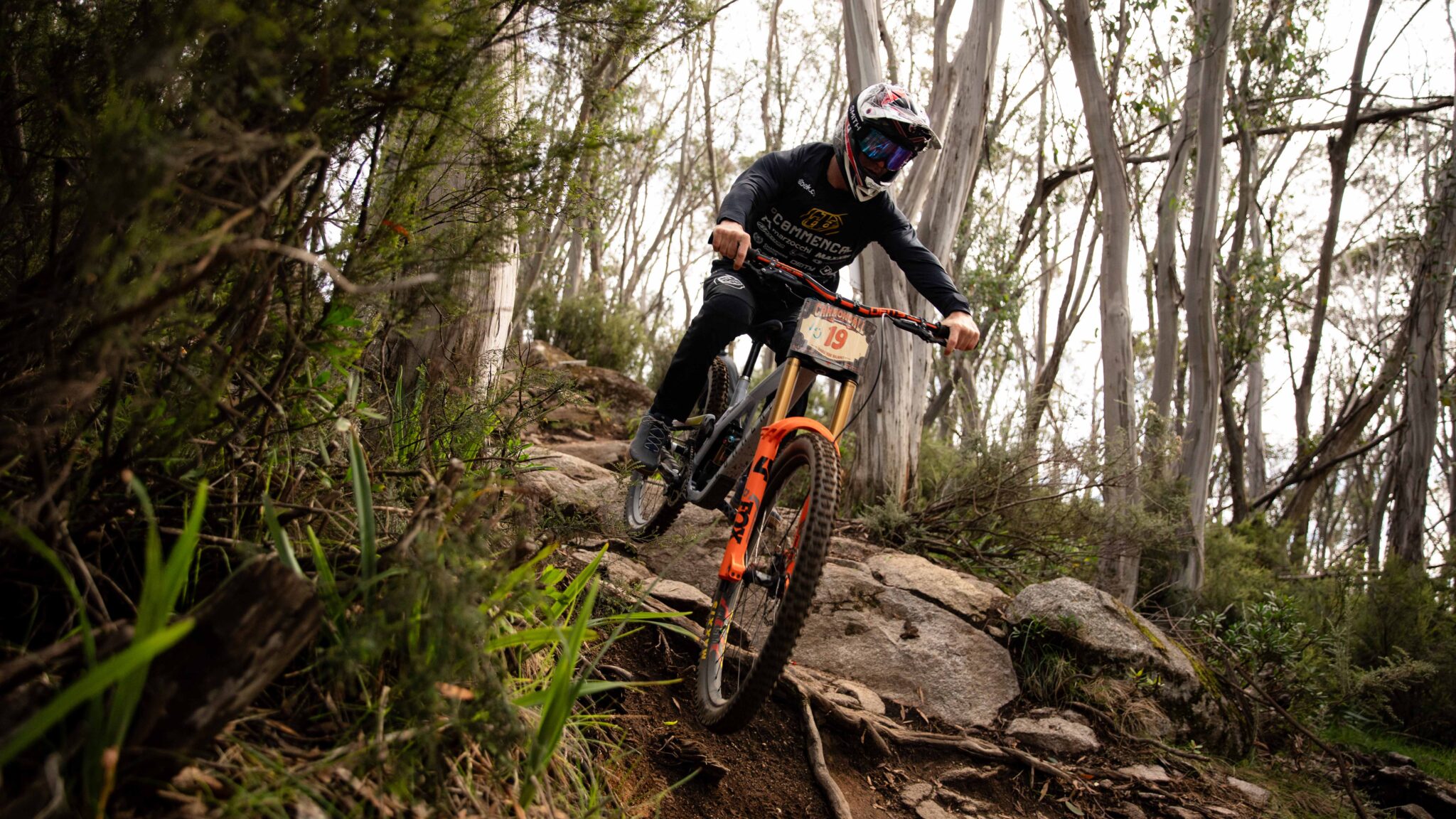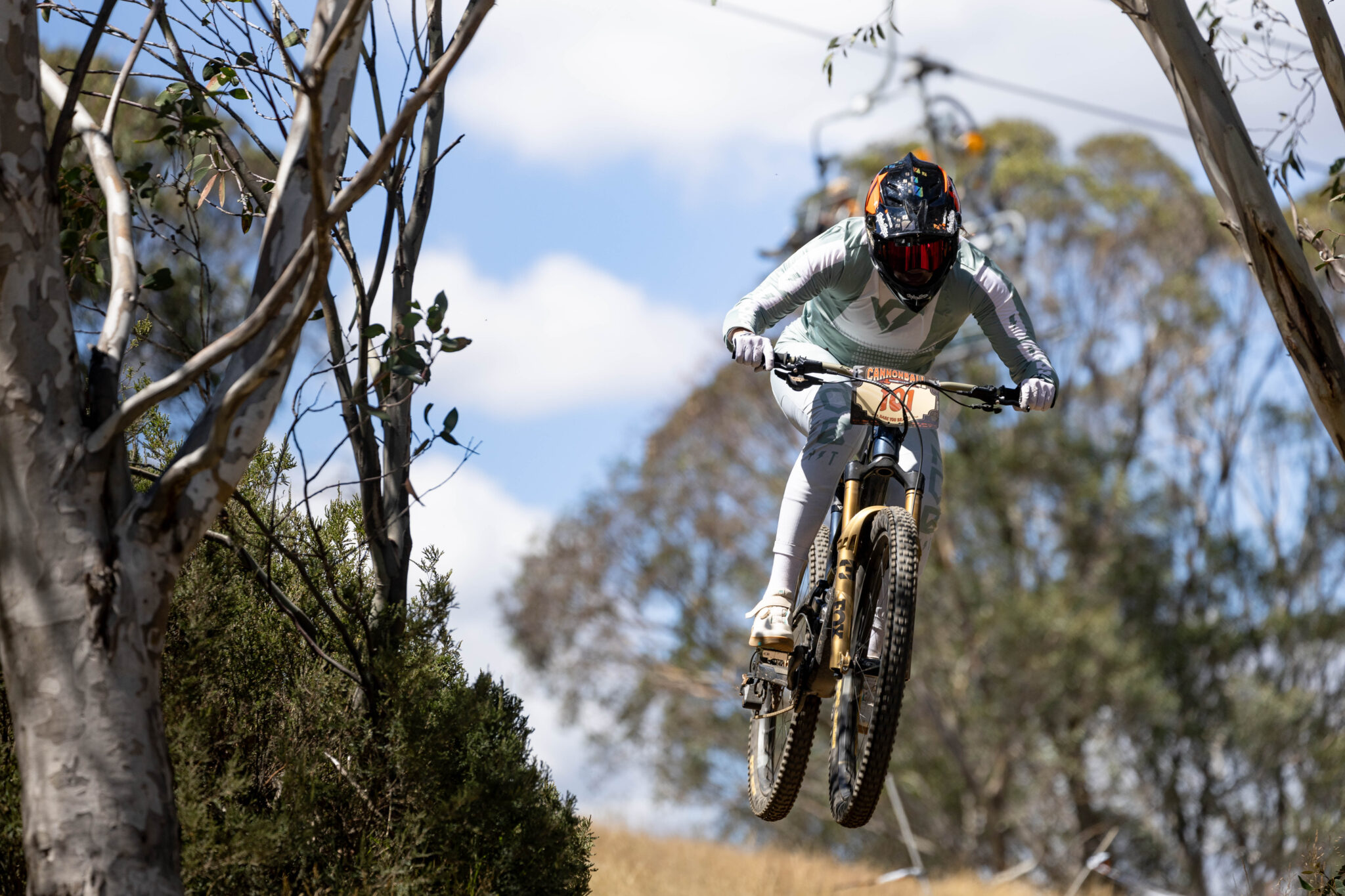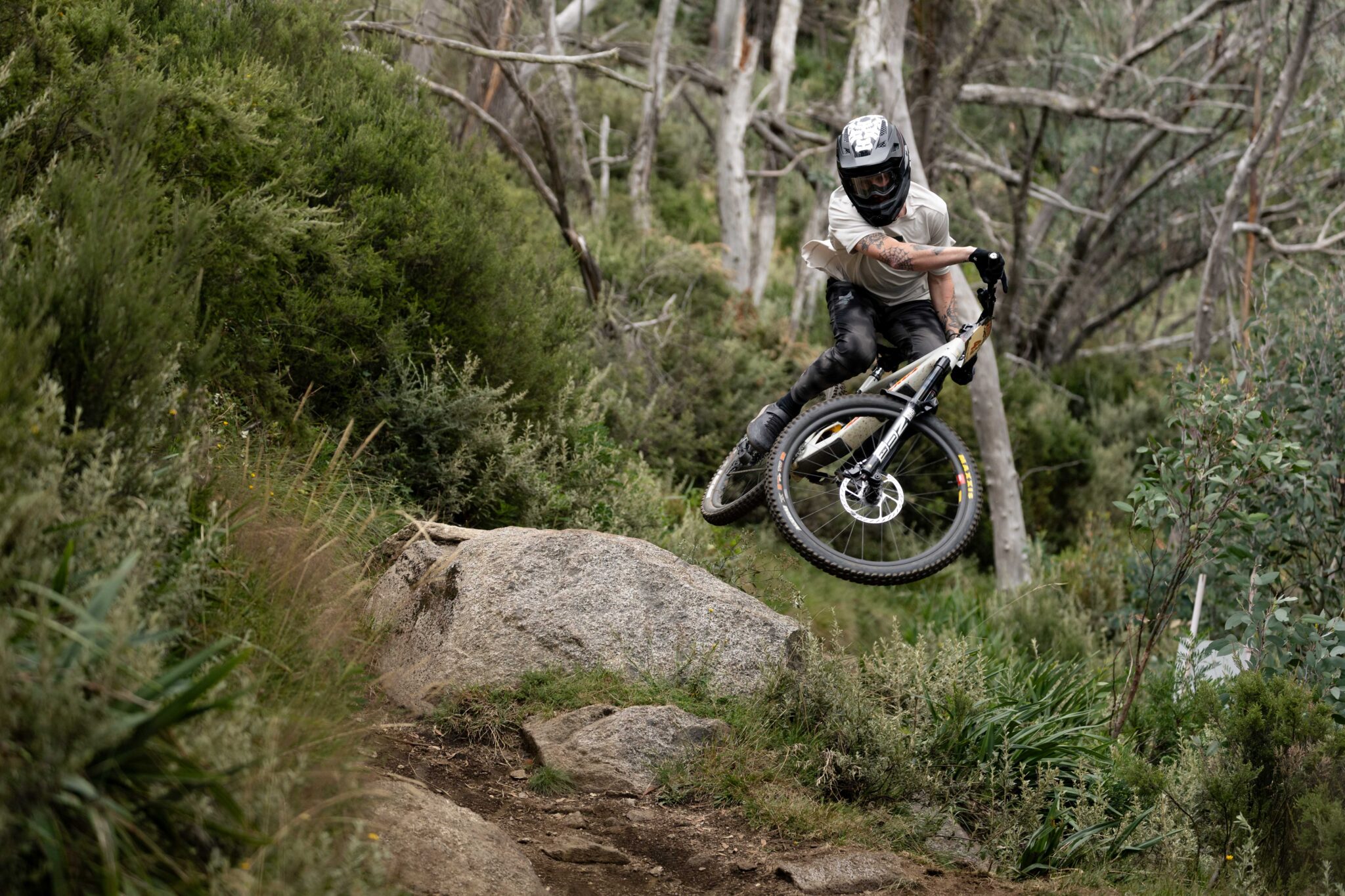Specialized release an all-new Stumpjumper
The Specialized Stumpjumper range has expanded into what the big S call the most versatile trail bike on the market.
The Specialized Stumpjumper name is one etched into the short history of mountain biking. Their first Stumpjumper was also the first mass-produced mountain bike, aiming to offer riders the same ride experience that a custom bike would give.
‘The first mountain bike I got was in ’82, and I got the first production series of Specialized [the Stumpjumper – still around today]. In ’86 I travelled to Europe and rode that in Norway and Sweden and it was the first mountain bike anyone had ever seen over there. It was just a novelty then’. Read more here.
Specialized and their Stumpjumper in part helped create the mountain bike culture we have today. Bringing a mass-produced bike out that people could just go an buy, without having to have the knowledge to contact a frame builder and source parets, opened the door to more riders. And then the sport could grow.
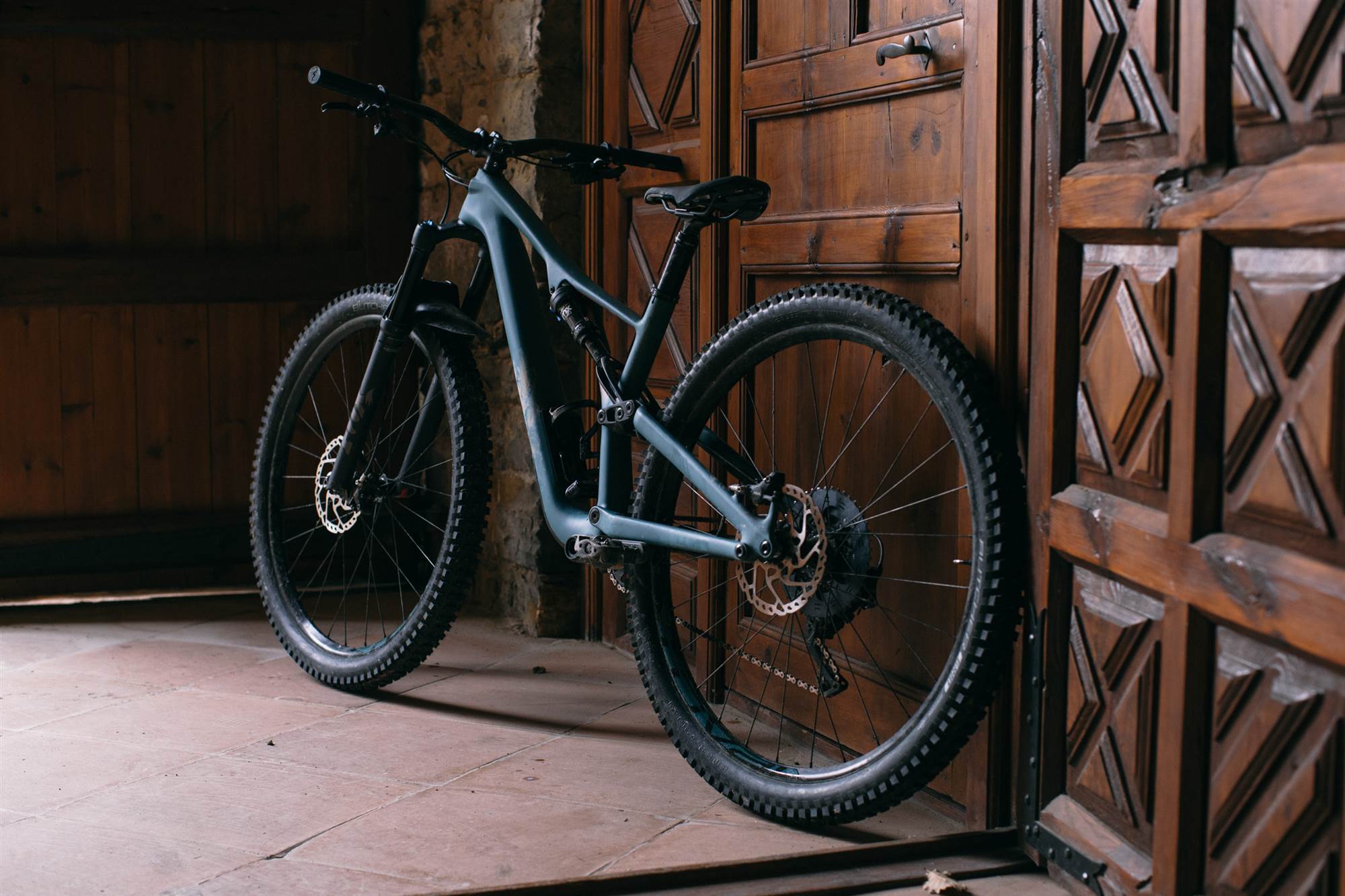
And as Specialized have just lifted the covers off the all-new Stumpjumper range, it's clear that while some things change, many things don't. Specialized believe they have just created the most versatile trail bike out there, and one that takes a huge leap away from proprietary parts yet can still deliver a fully customisable ride. And at the same time, it takes the Camber out of their trail bike range.
Why change?
Specialized admitted that while they loved the Stumpjumper, some elements of the ride held them back. Namely in stiffness, where the frame had a disconnect when things got heavy going. They even developed their own stiffness test to get the feedback they wanted on how to make their new frame ride how they wanted.
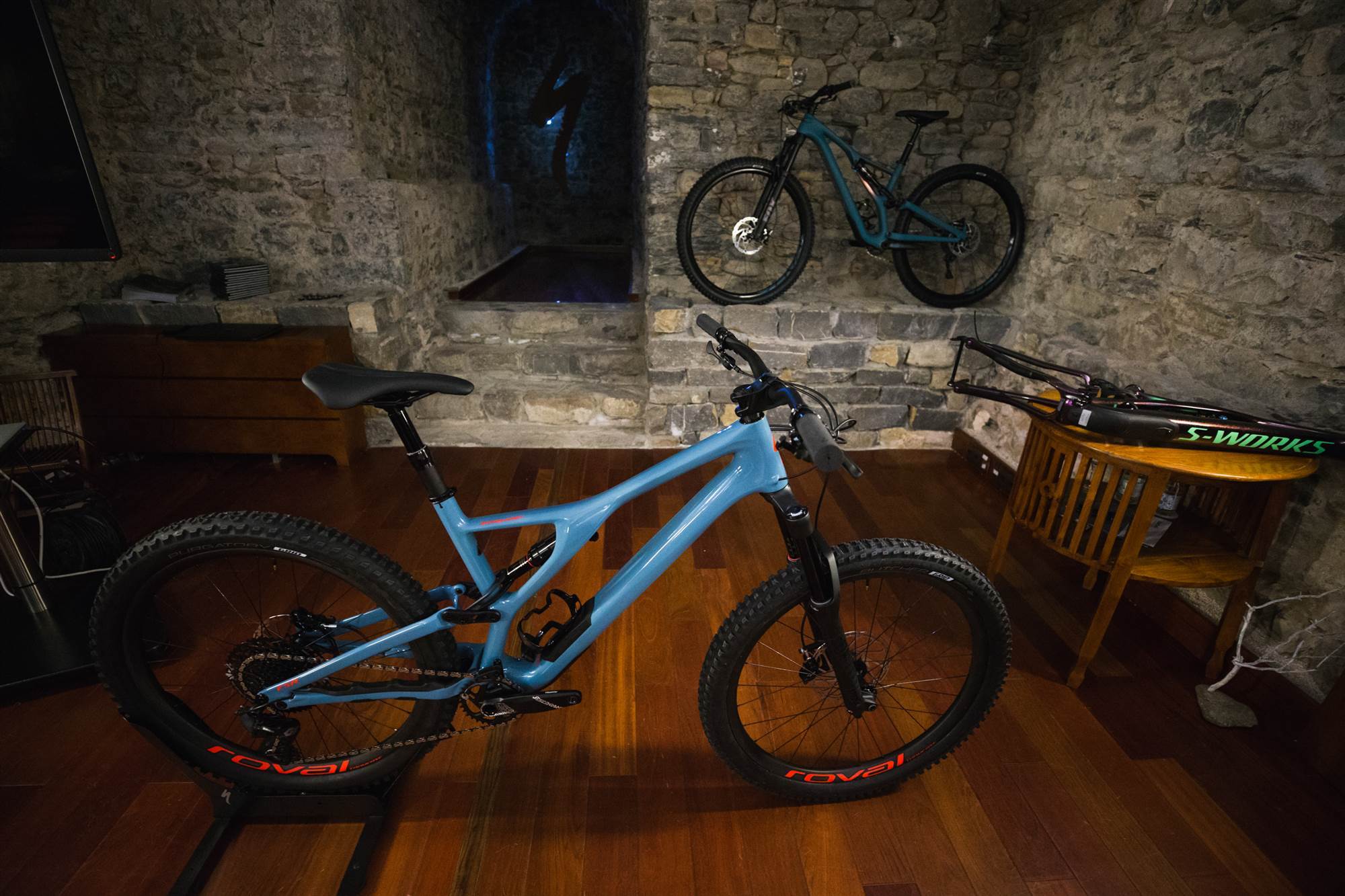
Test riding involved riding samples, getting feedback, adding carbon and then recording the new values. It's this process of continual fine-tuning across all sizes and both wheel sizes that make Specialized so confident in the ride of their new Stumpjumper.
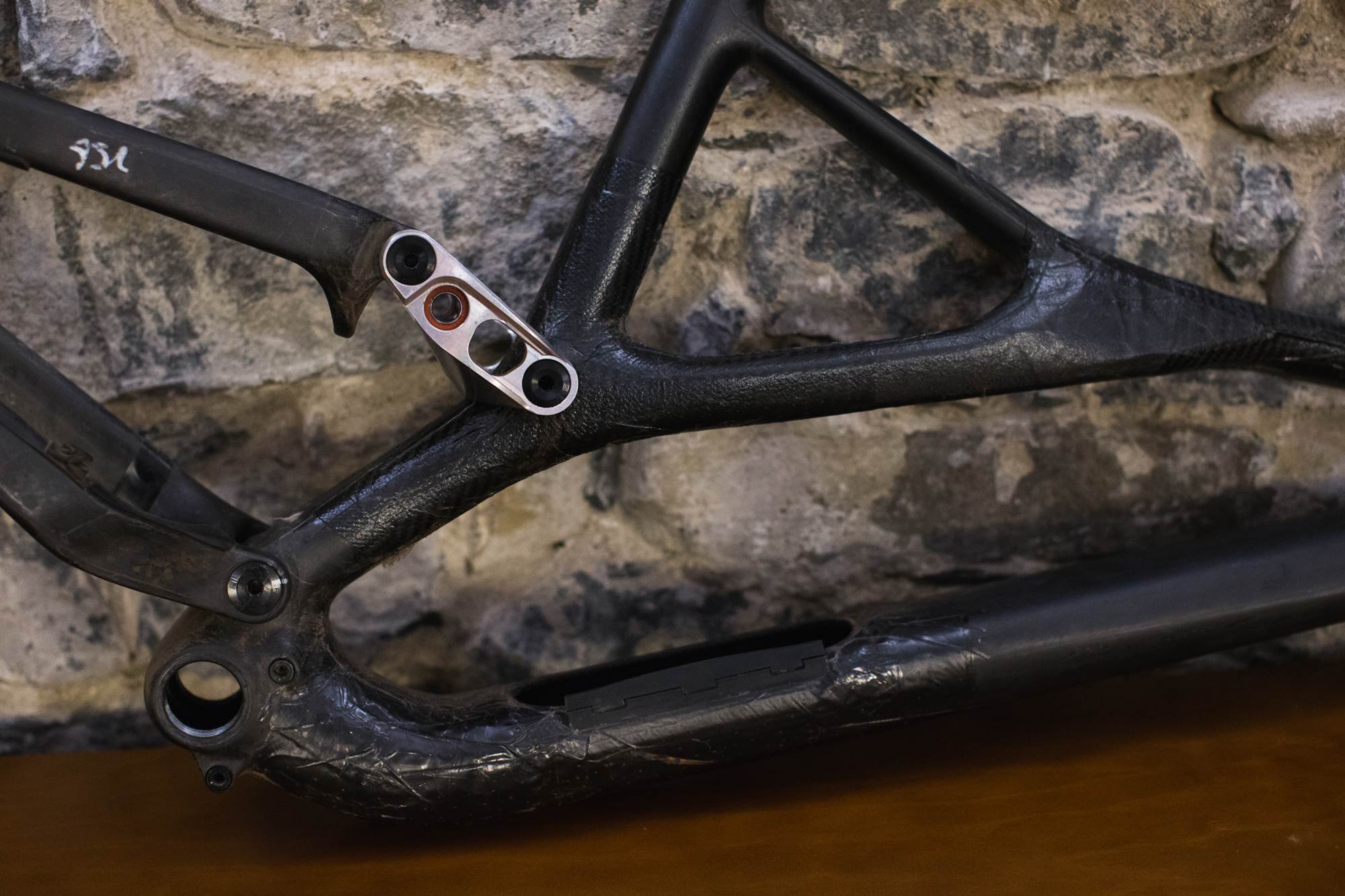
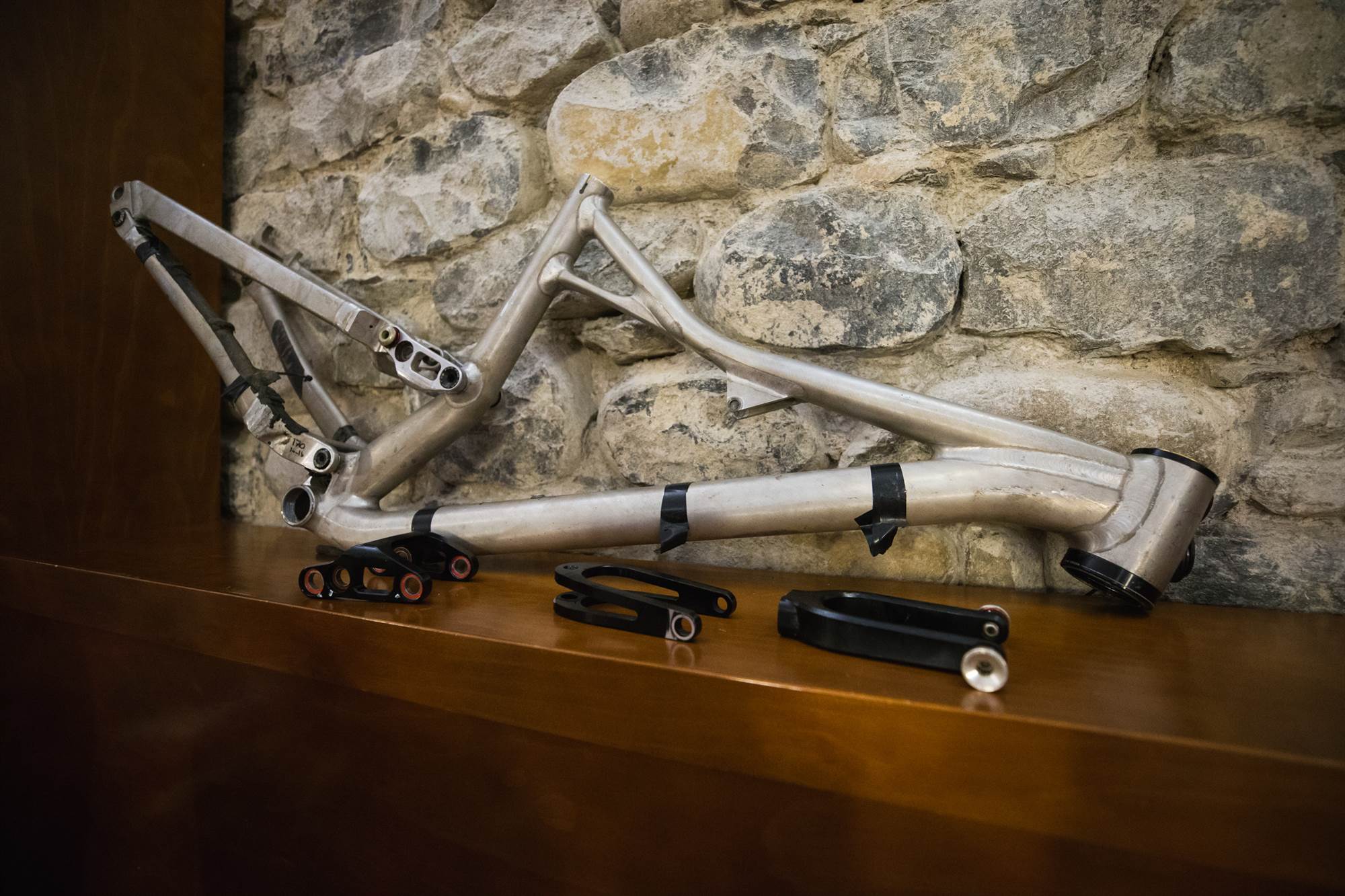
Or should we say, Stumpjumpers? As it's not just one new frame they have made, but many. There's the Stumpjumper, the Stumpjumper ST (short travel) and the Stumpjumper EVO.
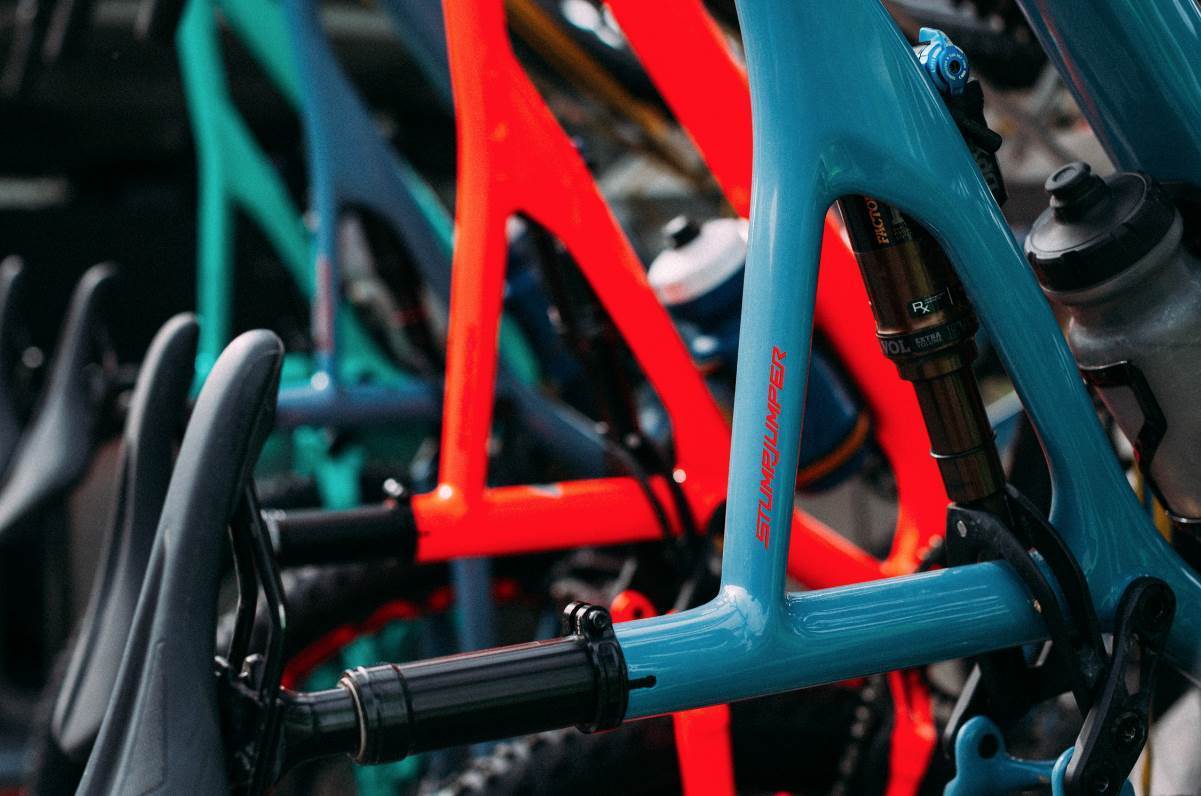
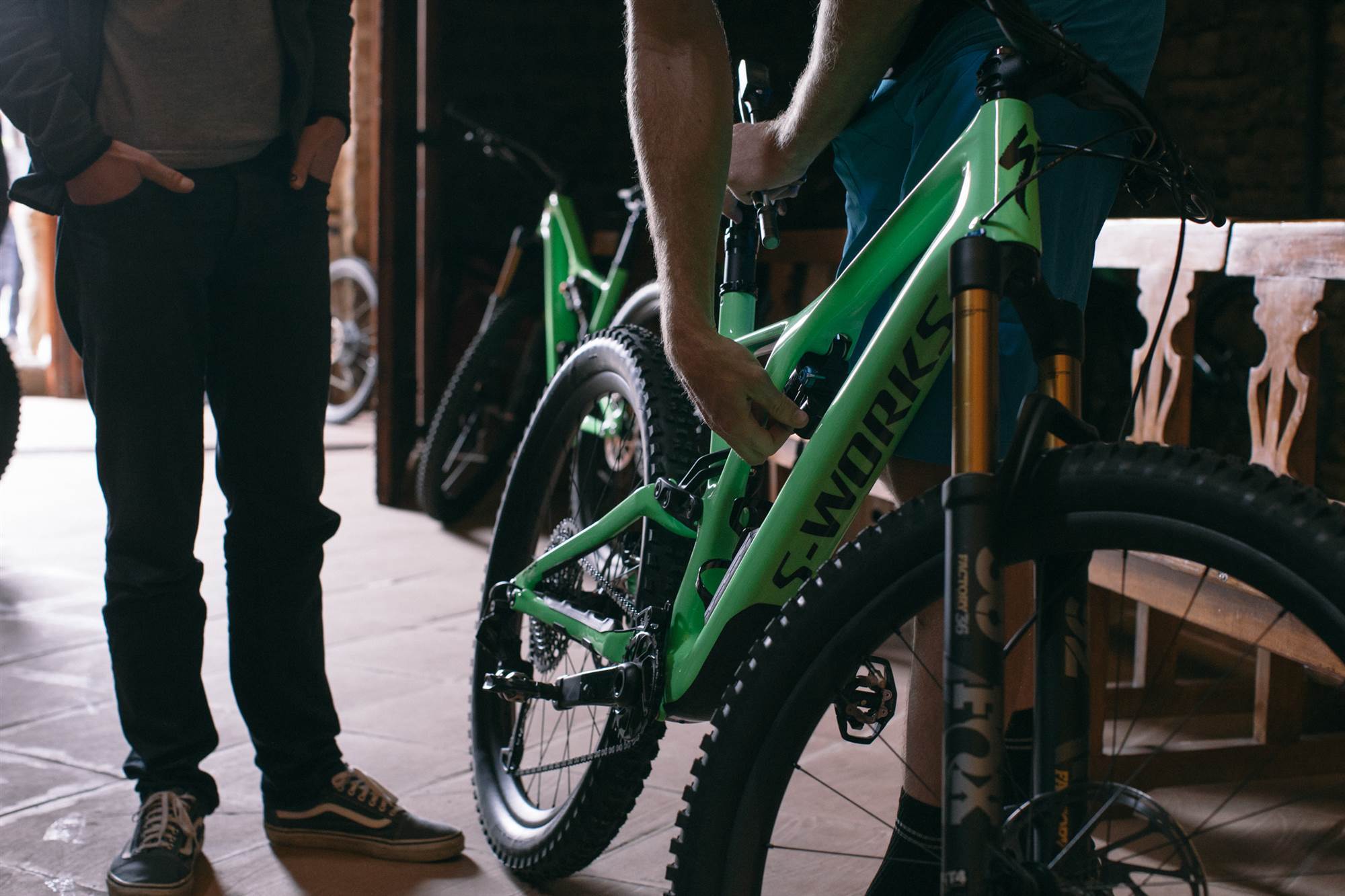
While there are three models, two wheel sizes, and women’s options – the Stumpjumper frames share the same key characteristics,.
The Sidearm Frame
This is visually obvious, but basically this has the shock sitting left of the frame visually, but of course it is centred. The pivots are larger and the three key points result in 20% greater efficiency thanks to less flex. So the suspension works better and your bike rides better. Makes sense.
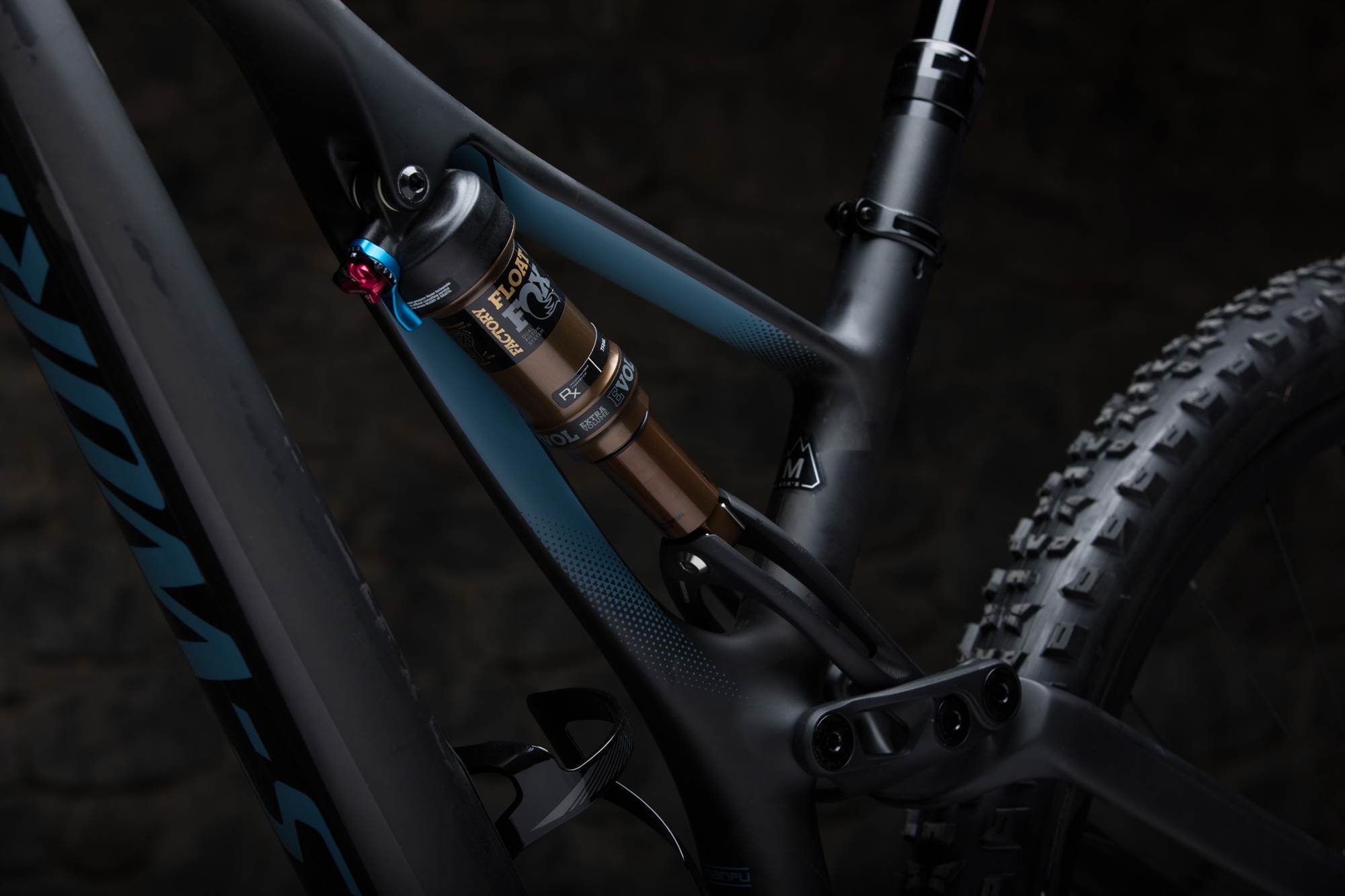
The pivot location has also been updated to be more supple in the small stuff, and more supportive in the big stuff – aiming to rely less on the damper to do the work – this should mean your shock works better on long descents, as it’s workload is a little less. Specialized claim the new Stumpjumper is one of the lighest trail frames on the market – but we don’t have exact frame weights and it really depends on where you draw a line for ‘trail’ bikes.

Rx tunes on forks and shocks
Given Specialized have their own suspension team, they’ve customised the shock tune for each bike’s fork and shock, via shim stacks in the cartridges or via air volume spacers.

This is done from stock, and it remains tuneable if you want to further adjust the ride to suit your trails or riding style. The women’s models have their own Rx tune, to suit lighter riders.
Standard standards
The new Stumpjumper uses a standard metric length shock, a BSA threaded bottom bracket, normal Boost spacing, and both the 27.5” and 29” models can fit a 3.0” tyre through the swingarm.
Flipping chips
The flip chip means you can tweak your geometry from high to low. Low drops the bottom bracket by 6mm and slackens the head angle by half a degree. There are plenty of bikes that offer this sort of adjustment. From Trek’s full-suspension bikes like the Full Stache, Fuel EX and others, to the Scott Genius. It’s not ground breaking but it is a rad way to easily increase the adaptability and customisation of your bike.
More things in the frame
Yes, the storage in the frame remains! It’s just got about 20% more storage.
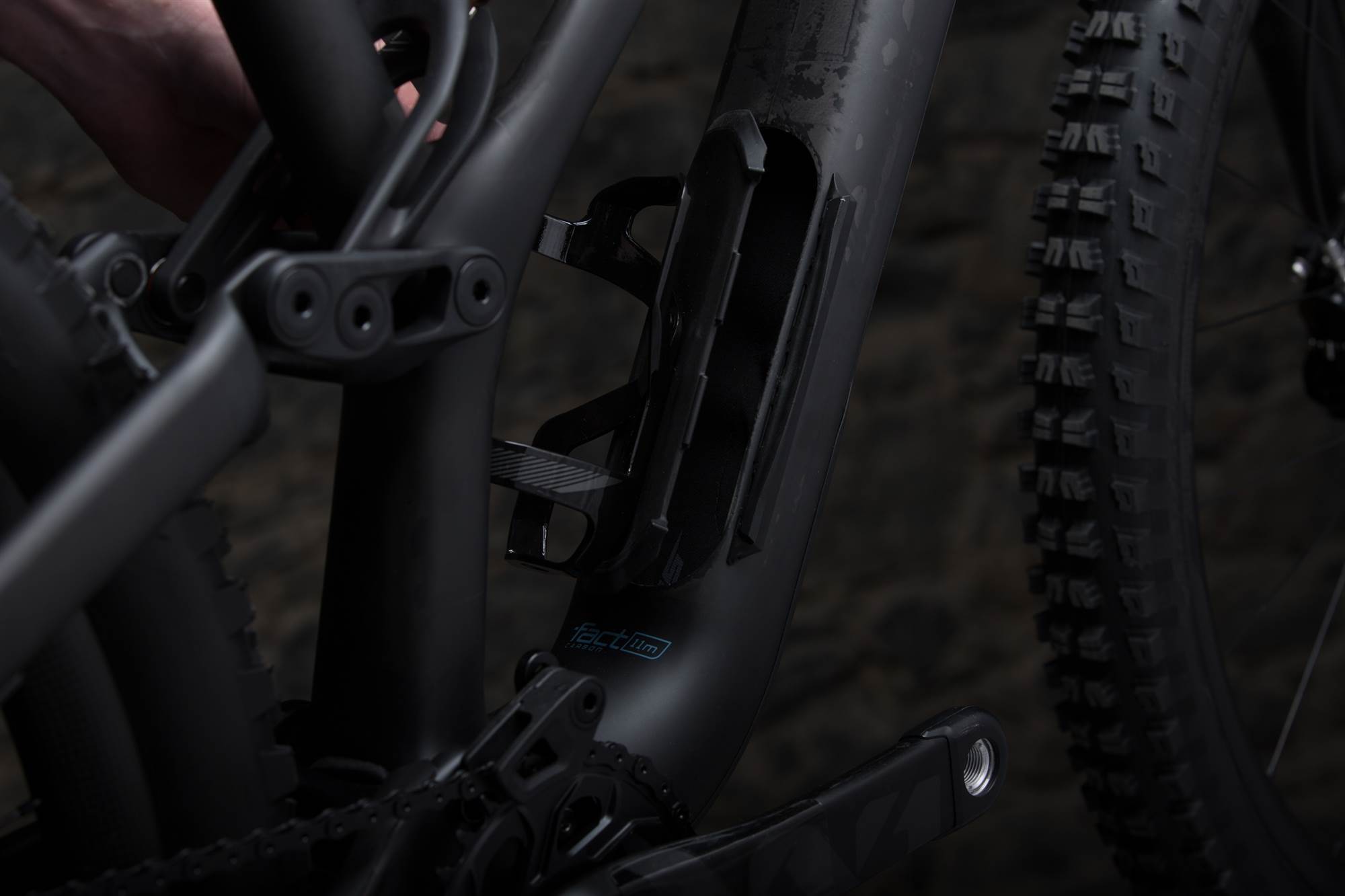
There’s also complete tubes for cable housing and brake hoses to go through so not only do you get the clean aesthetics of internal routing, you should have way less headaches and noise as well.
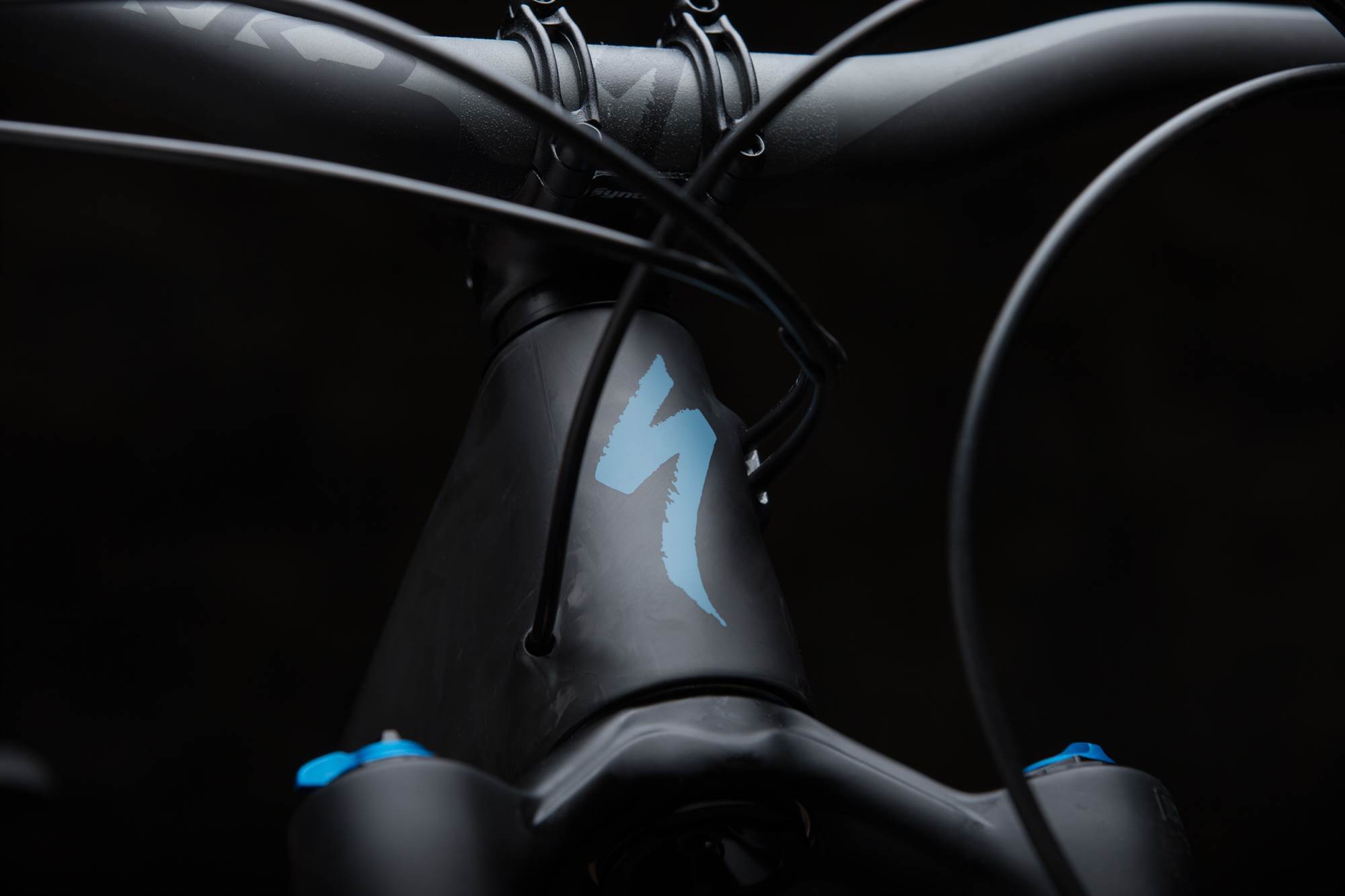
The chainstay cover has nubbins too, to reduce the noise of chain slap.

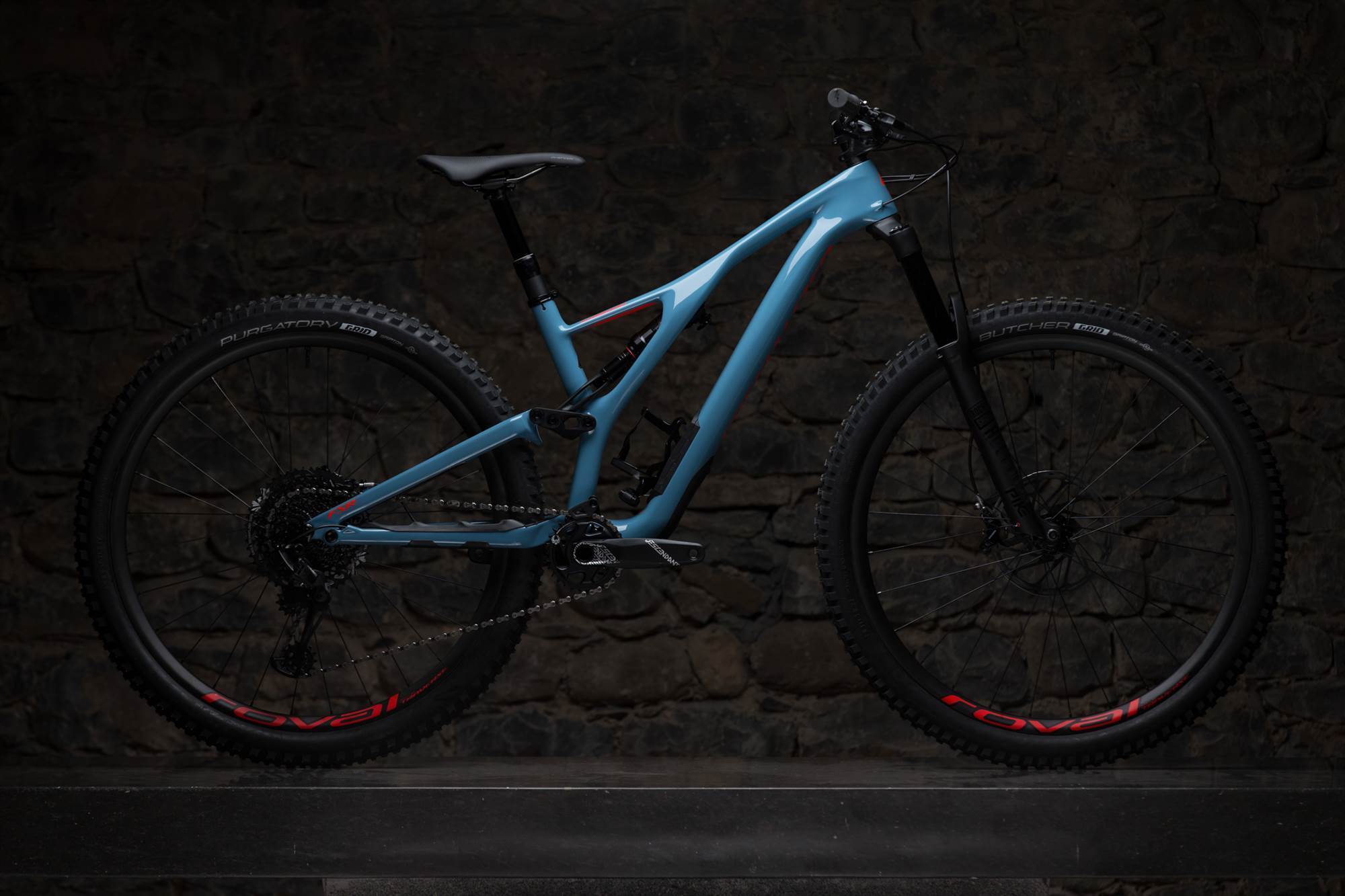
The Stumpjumper
You could call this the ‘LT’ but this is the key model. Available in 27.5” or 29” wheels from Small through to XL, you’re looking at a bike with 150mm of travel up front and 150 or 140mm out back, depending on whether you’re on a 27.5” or 29” model respectively.

With slack 65.5/66.5 degree head angles between the two wheel-sized frames, 1x group sets and rims with a 29mm internal width as a minimum, these bikes are right on the money for a modern trail bike, with alloy through to carbon models available.
The frames have 2-bolt ISCG mounts for chainguides if you really want to get rowdy. Given Jared Graves raced his Stumpjumper a lot in the 2017 EWS we’ll be interested to see what he rolls out on for Round 3!

The Stumpjumper Women’s
With two 27.5” models available, the same platform is updated with women’s touch points and custom women’s Rx tunes for the forks and shocks, to keep the ride experience the same as for the Stumpjumper.

The Stumpjumper ST
150mm of party isn’t for everyone – and for plenty of riders and locations it’s just too much bike! This is where the Stumpjumper ST fits, with 130/120mm on the 29er and 130/130mm on the 27.5” variant.
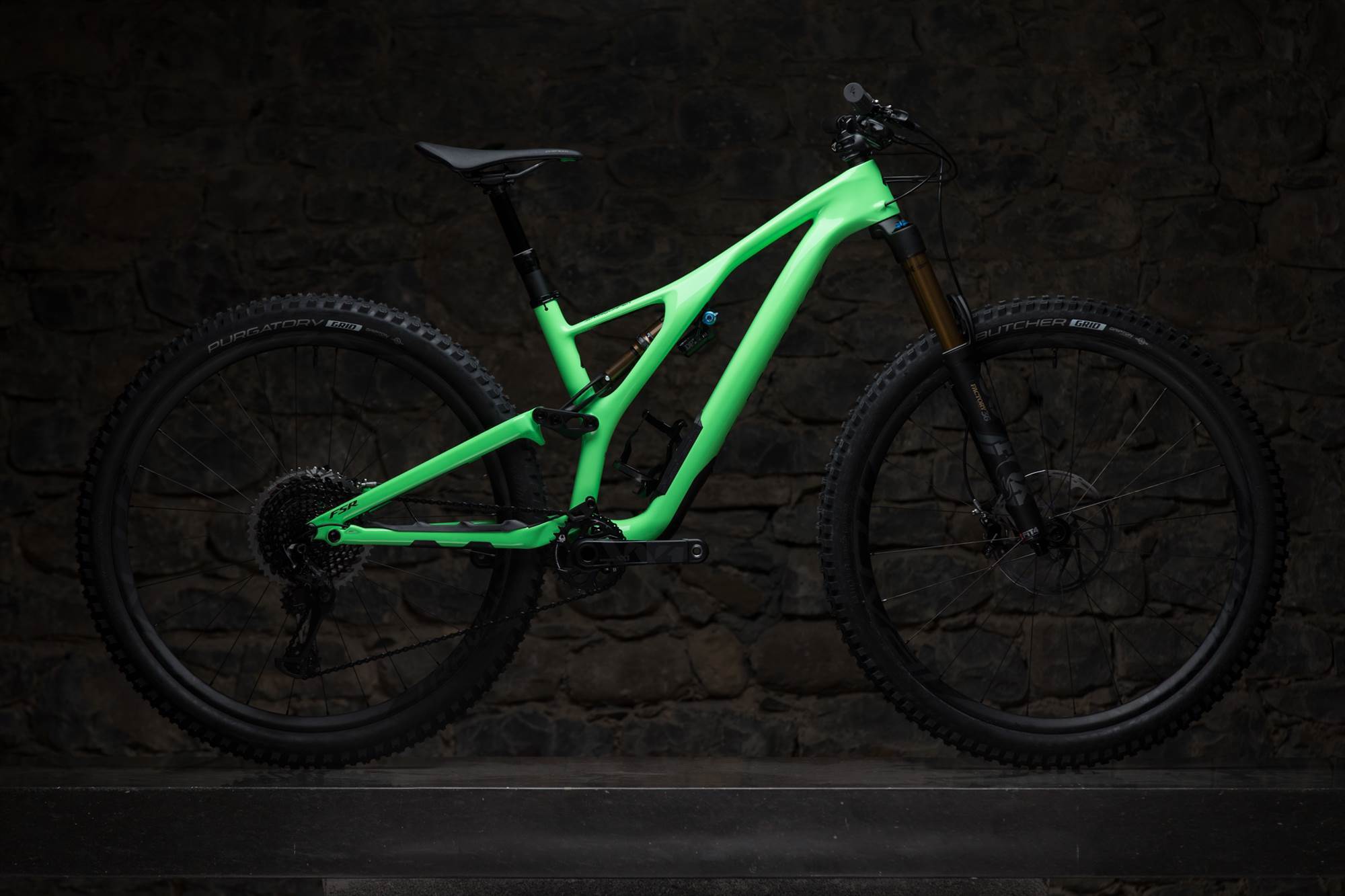
Pair that with head angles that are 1 degree steeper, plus a little more bottom bracket drop to maintain stability and you’ve got the plans for a trail riding rocket.
From the S-Works models to the Comp Alloy you still get 1x drivetrains, Rx shock tunes and rims with wide internal measurements, it’s all just in a shorter travel, more responsive package.
The Stumpjumper EVO
Ok this one is different. It’s only available in alloy, the head angle is dialled waaay back to 63.5 degrees and the fork rake is 37/44mm between the 27.5” and 29” models.
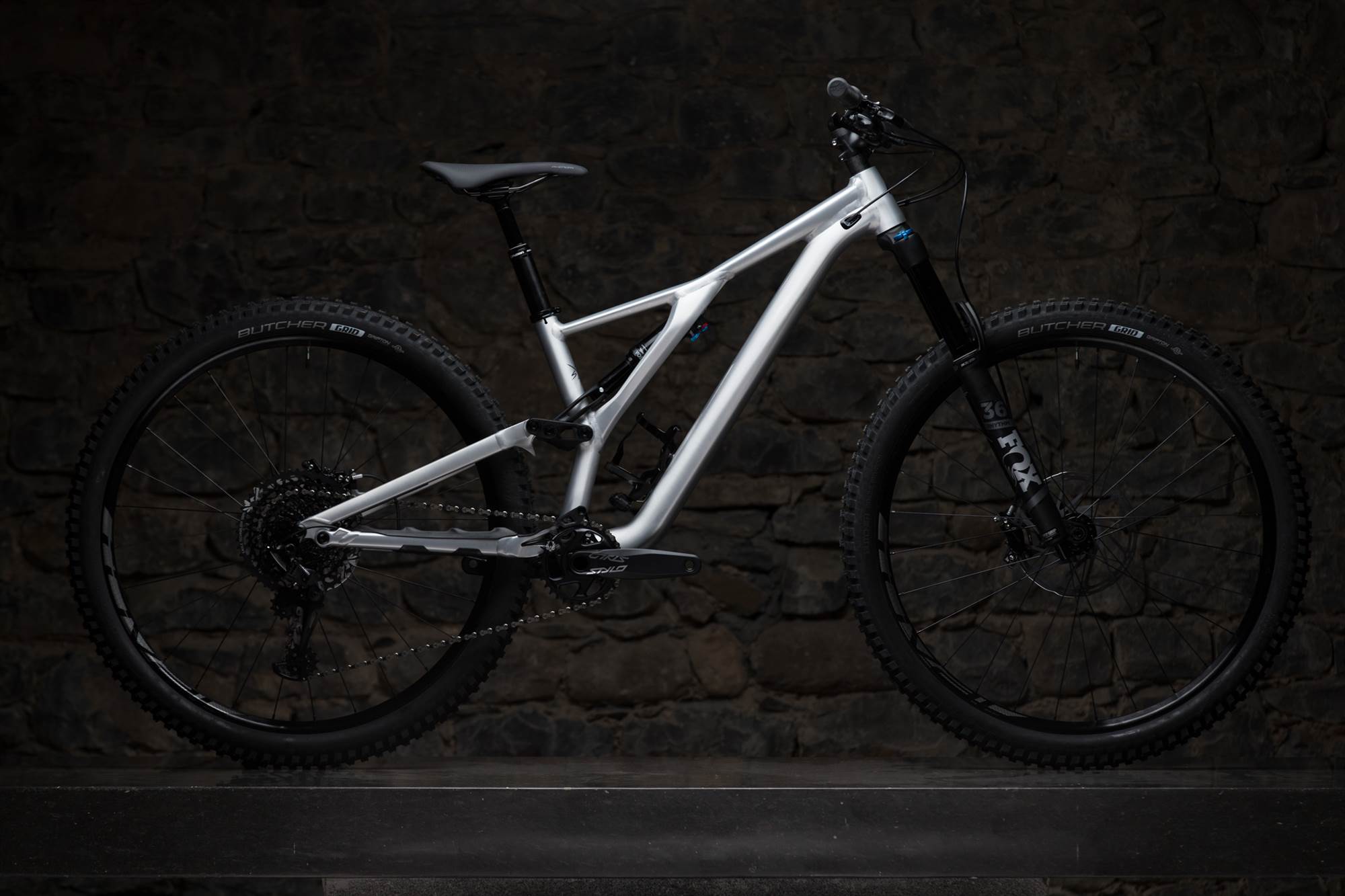
There are two sizes, and both have a long reach, which coupled with the slack angles means these bikes are designed for charging in steep and demanding terrain. 4-pot brakes and a Fox 36 upfront really show that this bike is an adapted Stumpjumper that is pushing the limits of the design, without changing from the 150/150mm or 150/140mm travel options that the two wheel sizes in the normal Stumpjumper present.
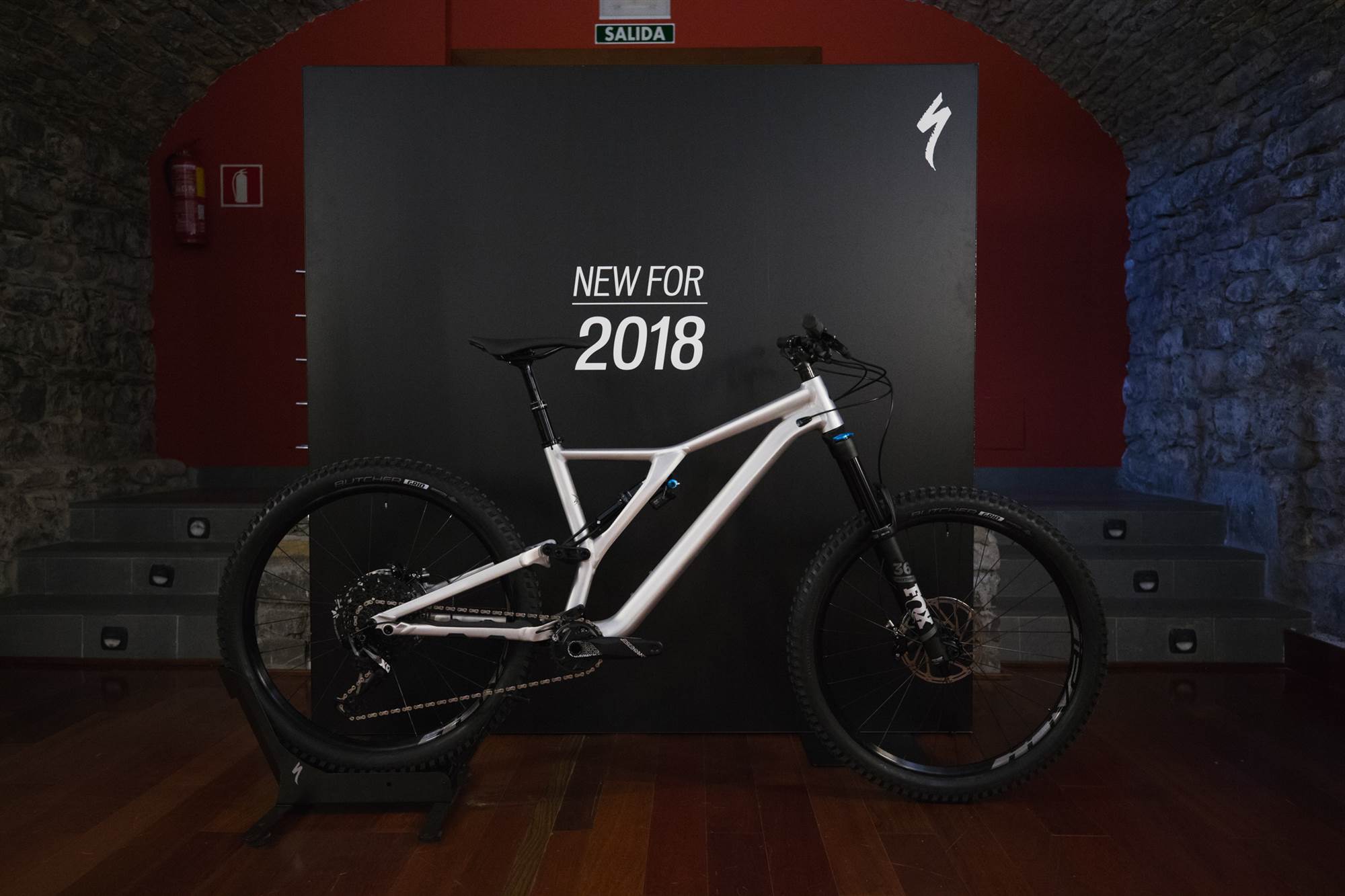
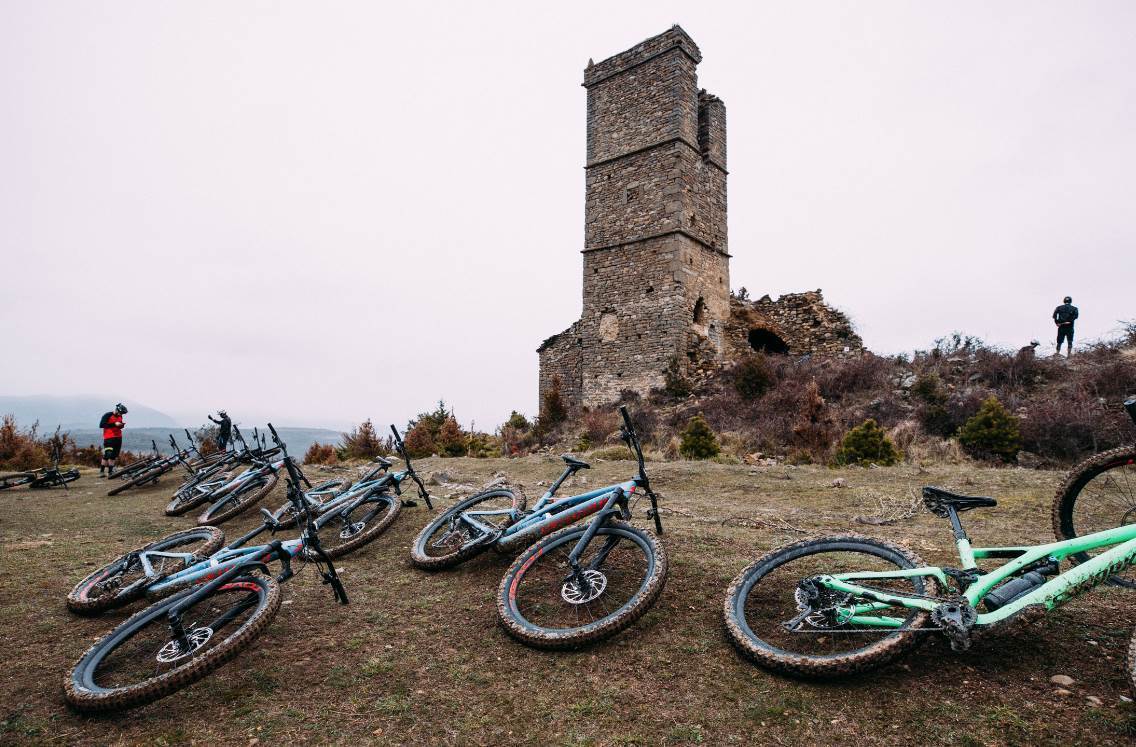
So what Stumpjumper is right for you?
Well, what do you want to get out of your riding? Do you want the one trail bike to rule them all? Then you should go to your dealer and ask the questions about the Stumpjumper. What if you still want to jump into the odd event, or your trails are just a little more mellow – or maybe you just love the agility and pop of a shorter travel bike? This sounds like the Stumpjumper ST might suit.

Or, maybe you want something built for tough love, for shuttles, and for responding to aggressive input without jumping up to the travel class of a Specialized Enduro. Then, it sounds like the Stumpjumper EVO will be right up your alley.
Specialized hit out with a pretty bold claim stating that they have made the most versatile trail bike ever. It's not a claim that is easy to substantiate, but given the breadth of options they have with the new Stumpjumper, and geometry that looks to be completely #ontrend paired with all the features you would want and 'standard standards' there is every chance that one of the new models will suit your trail needs.
Either way, go see your dealer, or get them on the phone. These bikes aren't waiting for production, nor are they afloat at sea. They're here, and they're ready. The new Stumpjumper range, on paper, looks to carry on the tradition that the model name started. High-class, custom styled rides from mass-produced bikes. But the thing is, with no proprietary parts you can customise this more than a coffee order. So if you're a decaf soy mocha latte with hazelnut syrup kind of rider, or just a doppio sort of person – you can do what you want.
We'll have full ride impressions from the launch in Spain to help you pinpoint what works for you in our next issue. If you don't want to miss it, make sure you subscribe!


